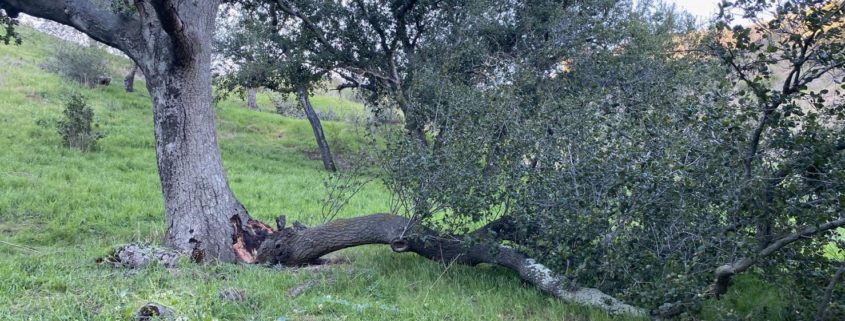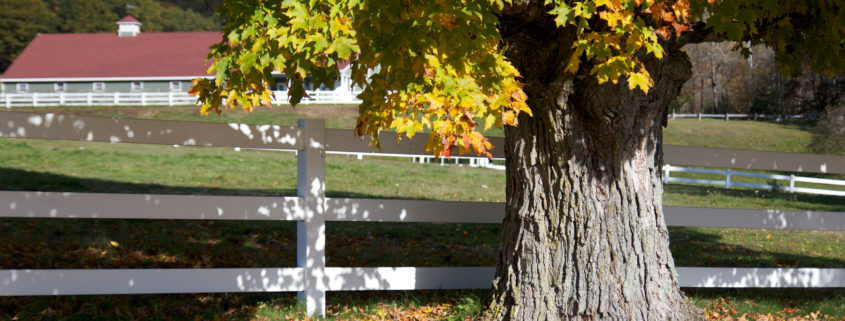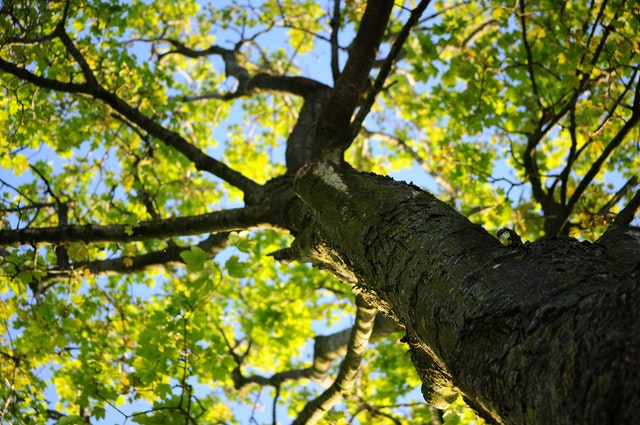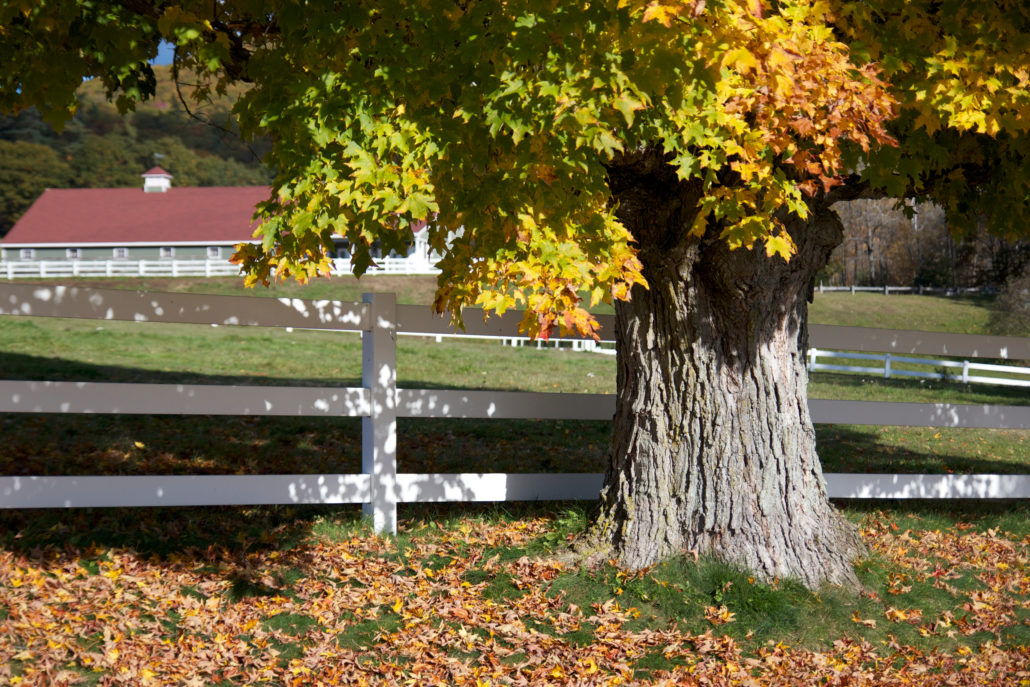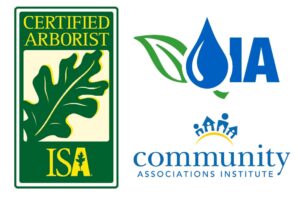The Importance of Inspecting Trees to Prevent Hazards to Your Home – Our Guide
Trees may seem harmless upon first glance. You may not notice them every day, but trees are vital to your surroundings and are visual points of interest. Investing in the care of trees is highly beneficial for the community as they give environmental benefits and add beauty to the community, but failing to evaluate a tree’s condition can present liabilities and risk for your family and community.
Why is Tree Maintenance Important?
For one, trees that are placed close to a property can be a potential hazard to both personal and public safety. Landowners and homeowners alike are responsible for assessing the tree to maintain its upkeep.
That means if you spot any defective part of a tree, it’s your duty to hire a professional arborist to nip the problem at its bud. After all, any structural failure from a tree can lead to personal injury or property damage, both of which can burn holes in your pocket.
What Makes a Tree Hazardous?
A tree can fail due to decay, old-age, or natural disasters causing pieces of it to fall off. However, it becomes most hazardous when there is a valuable target involved such as a structure, vehicle, or person. The directness of the target changes the degree of the risk, which also influences the corrective treatments that follow.
A tree can also pose a threat if it blocks the vision of drivers, obstructs pathways, interferes with utilities or signs, or has roots causing issues with its surroundings (like raising sidewalks). This can be a hazard to the routine activities of people, which is why regular inspection is crucial to prevent possible risks occurring on properties or to people that are near the tree.
What Causes a Tree to Fall?
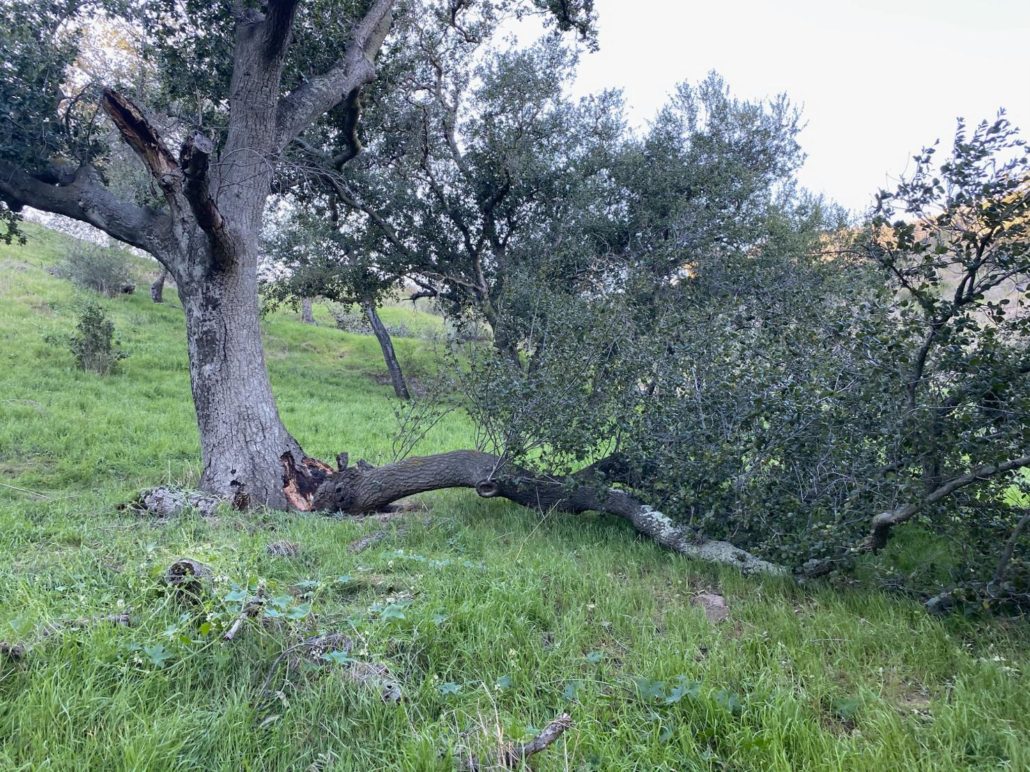
There are tree failures that are easily predictable, though most risks can be mitigated by keeping watch for any red flags. Pay attention to the following while you are inspecting your trees:
Tree Health – You can foresee any structural problems by taking a closer look at the tree’s overall health. This includes the foliage color, foliage density, signs of infection, and it’s vigor. Some serious, tell-tale signs of a dying tree include large, dead branches, thin leaf coverings, oddly-shaped leaves, and fungus all over the bark.
Tree Defects – Be sure to inspect the tree for any defects by thoroughly checking the crown and trunk down to the roots. A clear indication of a potential hazard is if there are dead branches along the tree’s crown, which are commonly called widowmakers. It’s an ominous name that serves as a warning to passers-by as defects can cause branches to fall even on a clear and calm day.
Other signs that indicate impending issues are cracks and splits along the tree’s trunks. Root rot is one of the most important factors to consider, so be extra vigilant on inspecting the base of the trunk for any evidence of root defects like cracking, heaving soil, or growing mushrooms.
Improper Pruning – Poor pruning techniques can weaken branches, which can lead to a decline of the tree’s health.
Site Conditions – The planting location plays a significant role in a tree’s health as any construction within the tree’s root zone can compromise its ability to support the weight of the entire tree.
Targets – These refer to the potential damage to valuable targets like people and property. A tree placed over a playground, near a sidewalk, or next to a driveway are samples of high-risk targets.
Keep in mind that tree inspection is highly recommended before and after storms, heavy snowfall, flooding, and other natural calamities.
Other Factors to Consider When Inspecting for Tree Failure
For a more in-depth guide on what to consider when inspecting trees, refer to the table below:
| Site Conditions | Biotic and Abiotic Factors | Human Activity |
| Depth of bedrock | Pathogens or diseases present | Nearby tree removal |
| Soil type | Insect activity and severity | Excavation removal of roots |
| Direction of prevailing winds | Drought or flood effects | Paving obstructing roots |
| Erosion near the tree | Tree community makeup nearby | Poor pruning practices |
| Wind, storm, flood damages | Injuries due to mowers, car accidents, etc. |
Why You Should Rank Tree Defects
Ranking the severity of the tree’s condition can help you have a clearer picture of its overall health. This will allow you to determine the next best course of action to take – whether it just demands maintenance or complete removal.
| High | Moderate |
| Cracks with decay | Callus closing crack |
| Cracks with callus forming | V-Shaped branch union with upturned bark |
| In-rolled bark widening the crack | Any branch with up to 66% of side branches dead |
| 4″ diameter or larger branch with crack | Branch with a sharp bend |
| Two or more cracks in the same trunk or branch | Lopsided or unbalanced crown, especially if nearby trees were pruned or removed in the last ten years. |
| Crack that allows independent movement on either side of the crack | |
| V-shaped branch union with in-rolled bark | |
| Cankers and rot with conks of shelf fungi | |
| Cankers affecting more than 50% circumference | |
| Canker connected to a crack | |
| Dead tree | |
| Dead branch | |
| More than 50% of the root system severed within the drip line | |
| Tree leaning > 45% | |
| Learning tree with any defect on the trunk below the first branch above the ground |
This should clue you in on the magnitude of the problem and help you reach the necessary measurements for mitigating the hazards.
In Conclusion
Inspecting trees and foretelling any future hazard is an art and science. It takes a keen eye, proper training, experience, and the right tools to safely assess the health and condition of a tree to minimize the risk of fall damage and injury.
That’s why assessing tree hazard is best left to the hands of a professional arborist. They have a deeper knowledge of tree biology and physiology, which supports their ability to evaluate the tree structure and its decay process. With all that combined, they can easily determine the tree’s growth pattern, its history, and how other environmental factors influence the tree’s integrity.
Understanding the process behind tree hazard inspections can also help you spot red flags yourself. This will help you prevent any complications from growing out of hand as you can determine the best time to call a professional to cut the potential risks at its roots.
If you’re looking for a qualified tree risk assessor in Orange County, get in touch with us today to see how we can help.

